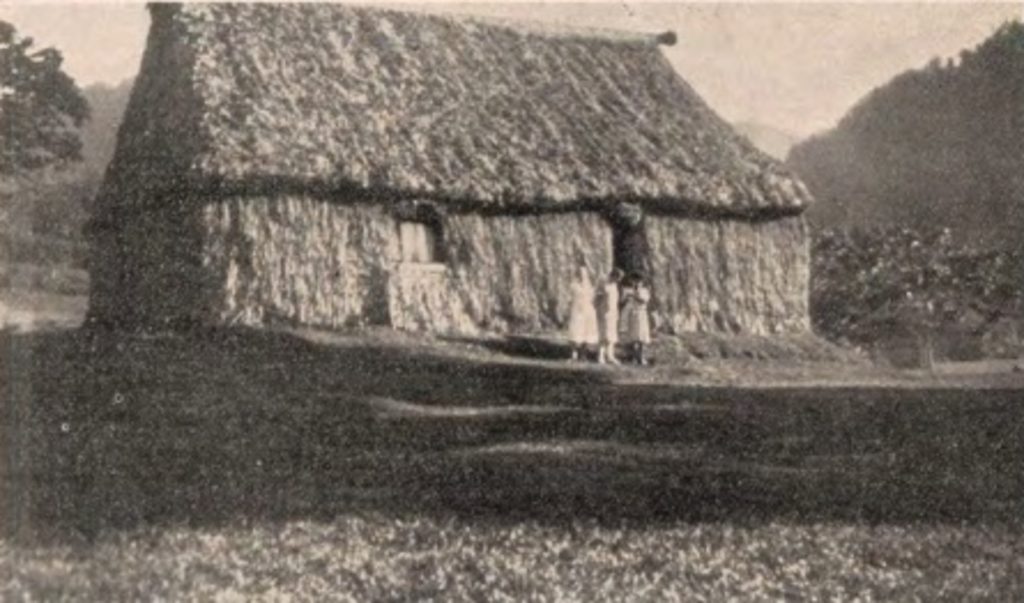SPREADING the Gospel and saving souls was a priority for Wesleyan missionaries who dedicated their life to Fiji’s mission work in the 1800s.
The work was labelled a difficult and dangerous task, as the natives in the 19th century were known for their gross savagery not only in the Pacific but around the world.
Some missionaries (foreign and local) lost their lives in the quest to spread the message of salvation while others successfully converted people to Christianity.
As missionaries travelled into new territories around Fiji, they not only helped convert people to Christianity they also translated religious texts and established educational institutions that helped inhabitants better understand the outside world and their newfound faith.
Converting natives from heathen worship to serving God required commitment and the missionaries who were sent to spread the Gospel knew its challenges.
The task assigned was difficult, but the missionaries pushed on. A need for a rest house was required in the dangerous areas they travelled especially in Fiji’s hinterland known as Colo region.
Reverend John Wear Burton who laid the foundation for the Robert Beckett Memorial Rest House in Nadarivatu, during his visit wanted to provide a restful sanctuary where missionaries could not only rest in after a long journey but also find comfort and spiritual restoration during their mission.
Having worked in Fiji as a missionary himself, Reverend John Wear Burton was familiar with the inhabitants of Fiji. He knew of the importance of having a rest house where missionaries could recuperate after dealing with the natives and travelling by foot and horseback.
The Open Door on September 1935 published an article titled “Fiji of the Old Days” where Reverend Burton said “the inhabitants (Fijians) bore the reputation of being the most ferocious man-eaters on the face of the earth”.
In the article he meticulously described the native’s reputation of being cannibals, which could have prompted him to lay the foundation for the lodge in the salubrious heights of Nadarivatu.
In many places, the Rev J W Burton highlighted that the man-ovens were in use continuously and that it was common for an angry chief to say to their subject “I’ll eat you!”.
He even wrote in his book “The call of the Pacific” about a particular monster (cannibal), known to the first missionaries as someone who had consumed 900 human bodies and John Hunt had even testified that Fijian warriors would devour the body of a friend slain in battle, after giving him a mock funeral.
But the arrival of Reverend William Cross and David Cargill in October 12th, 1835 ushered in a new way of life and in the midst of many difficulties and dangers they bravely faced their task.
Soon other missionaries came to their aid and within a few years a wonderful change had taken place and Fijians had become Christians.
The Open Door article describing the story of how the inhabitants of the Cannibal Islands were transformed into reverent worshippers and faithful followers of Christ is one of the most inspiring in the whole history of Wesleyan mission work.
The brave men and women who undertook the seemingly impossible task, succeeded. They preached by word and deed and they even trained young men to act as teachers with a view to instruct the boys and girls in the elements of education.
When you enter the old rest house, even in disrepair you can still feel its significance during missionary work up in the highlands.
Missionaries would likely enjoy their quite time after a long journey and regrouped again for another undertaking after a good rest.
Reading about the hard journey that missionaries experienced, allows readers to see Reverend Burton’s vision of having a rest house in one of Fiji’s remotest locations..
The rest house wasn’t only a lodge for the tired missionaries to stay during their journey; it was a perfect place for peaceful thinking — encouraging deep fellowship and connection with God.
Another article published in The Open Door on September 1933 titled “A Tramp in Fiji” by New Zealand Wesleyan Mission Sister, Inez Hames, briefly described Nadarivatu and the rest house.
She wrote that Nadarivatu was a place that was nearly three thousand feet above sea-level and that missionaries enjoyed the sharpness of the cold wind and the glow of the contrasting sunshine scenery there.
Sister Hames wrote that at Nadarivatu, one could view lovely bush-clad hills, the sea off the Northern coast and the vista down the valley that led to the Southern coast.
She noted how the rest house stood out in the highlands.
She also wrote that missionaries were glad that the opening of the new motor road to Nadarivatu, allowed the Robert Beckett Memorial Rest House to be used more for mission work up in the Colo region. Hames highlighted that the usual method of approach to Nadarivatu at the time was by motor car up the zig-zag road on the steep hillside from Tavua, but her party of five mission sisters with Fijian students travelled up the long Rewa River to the source of one of its tributaries then over a spur at Mt Victoria and then to Nadarivatu. It took them five days to get to Nadarivatu.
Even though disremembered today among bush-clad hills, the rest house is a reminder of the accomplishment the weary missionaries worked so hard to achieve in the highlands of Nadarivatu.
n History being the subject it is, a group’s version of events may not be the same as that held by another group. When publishing one account, it is not our intention to cause division or to disrespect other oral traditions. Those with a different version can contact us so we can publish your account of history too — Editor.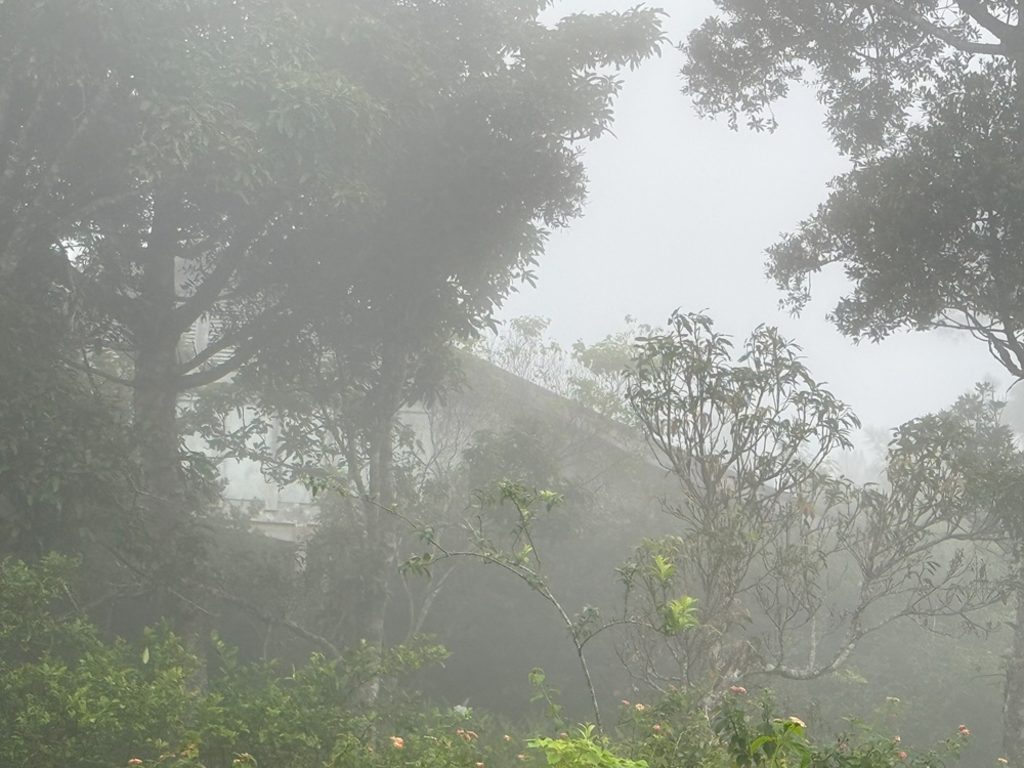
2. The thick mist obscures the view of the rest house from the road.
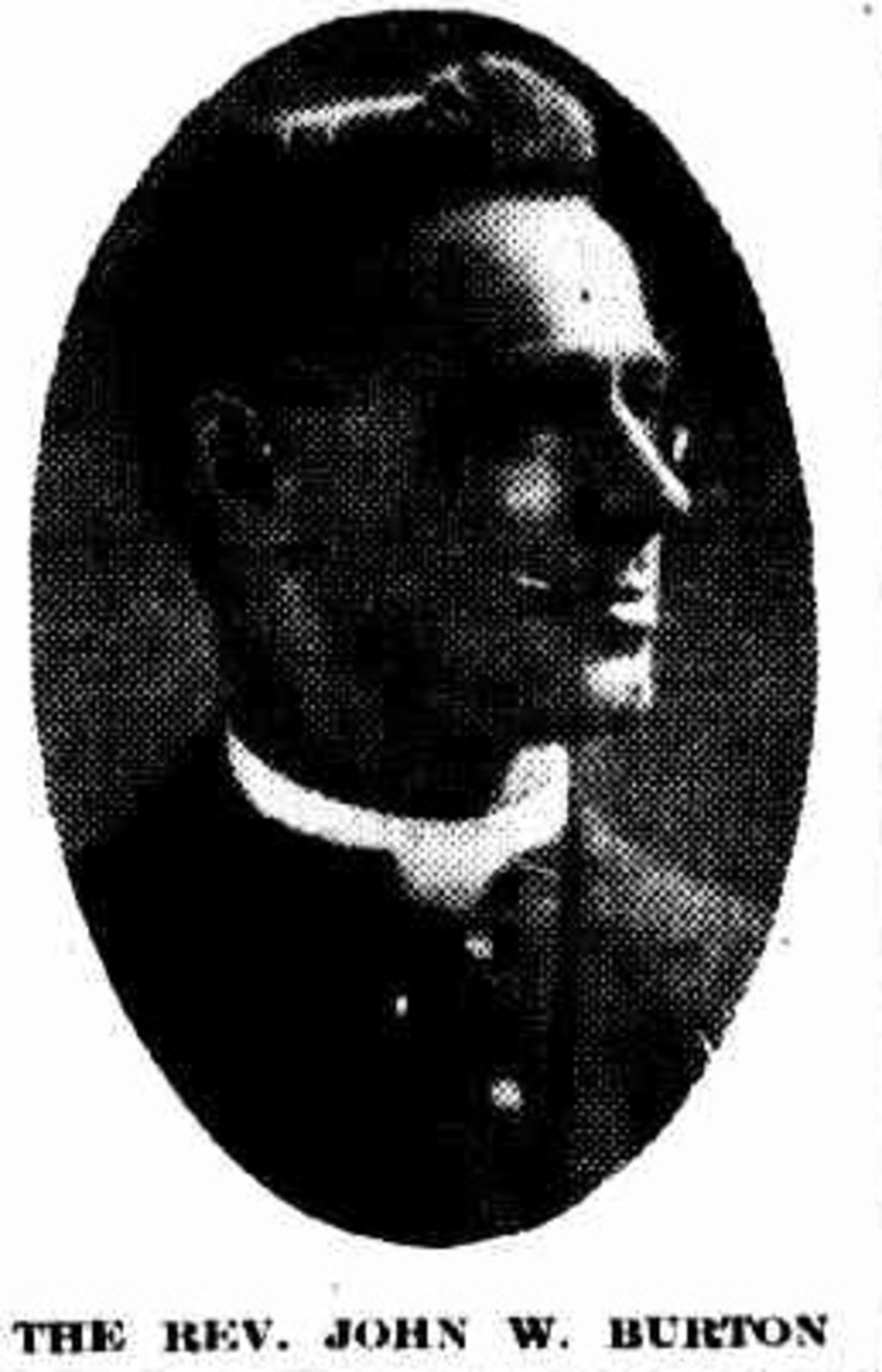
Reverend Burton laid the foundation for the rest house in Nadarivatu.
Picture: THE METHODIST
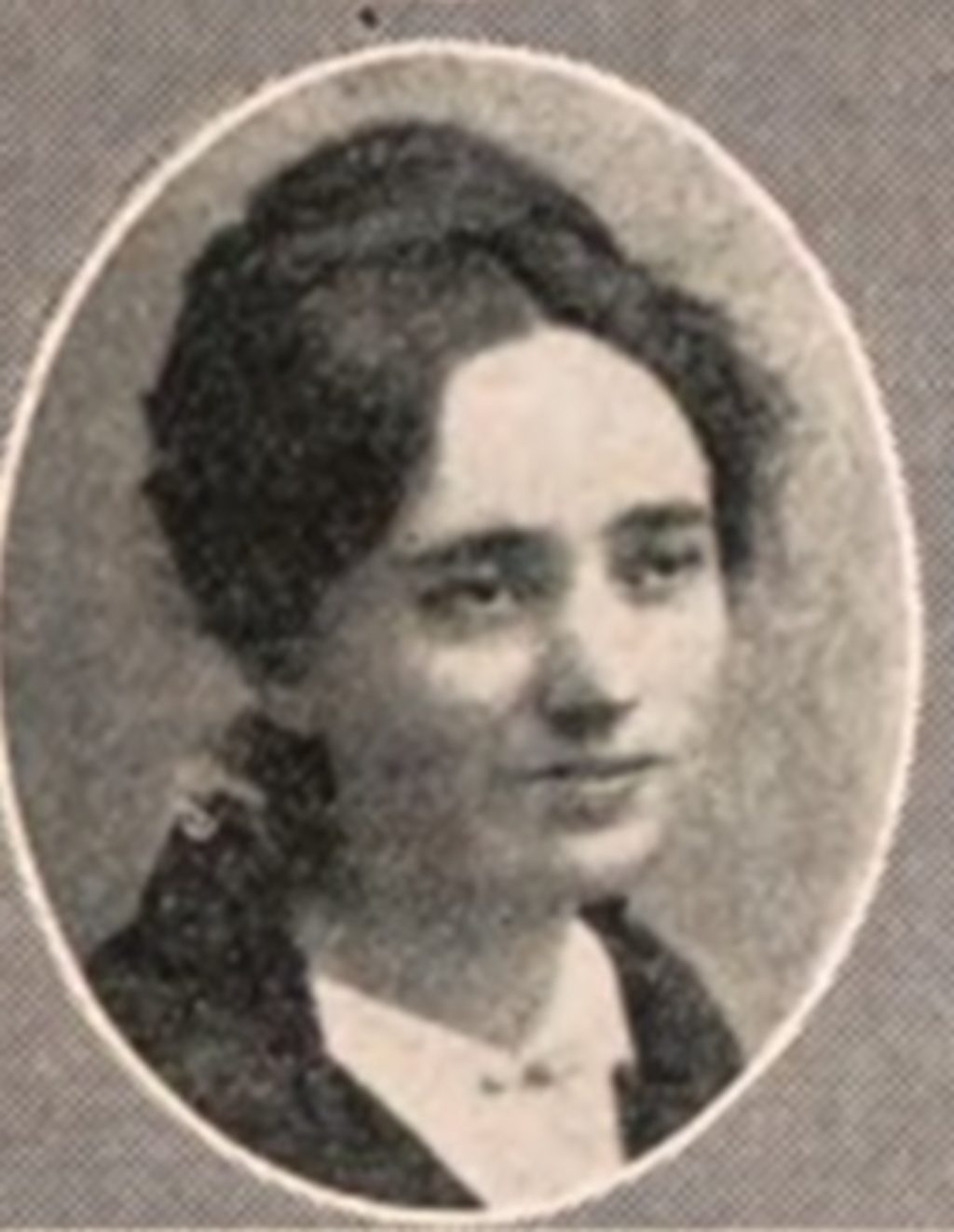
New Zealand Wesleyan Sister, Inez Hames taught in Fiji. Picture: THE OPEN DOOR.
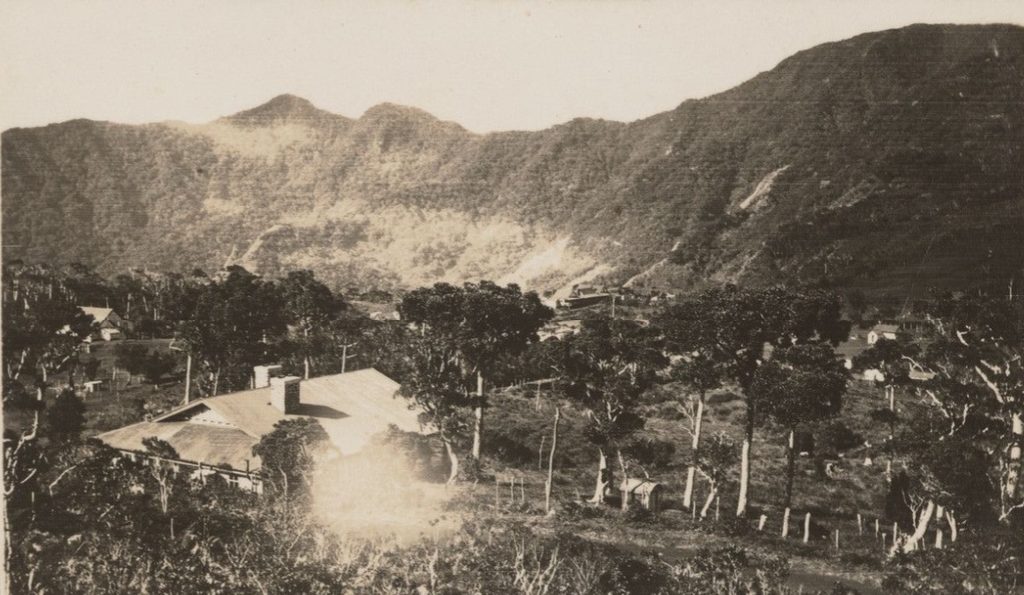
The Robert Beckett Memorial Rest House up in Nadarivatu in 1928. Picture: SUPPLIED
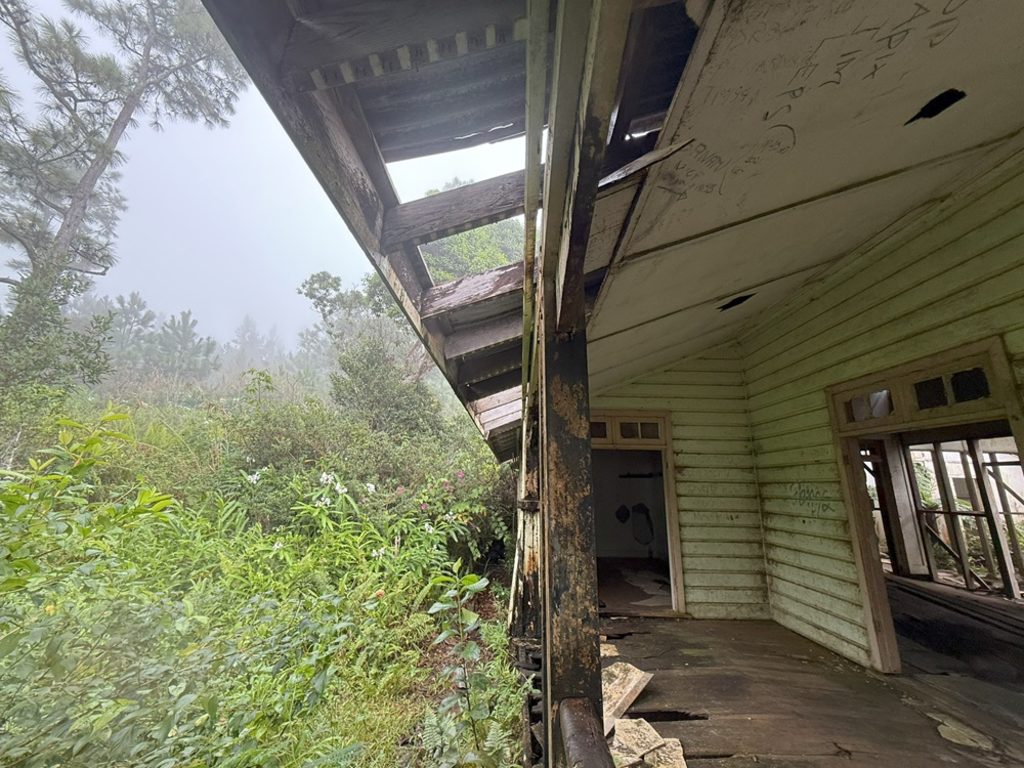
1. The west side of the rest house today.
Pictures: ANA MADIGIBULI
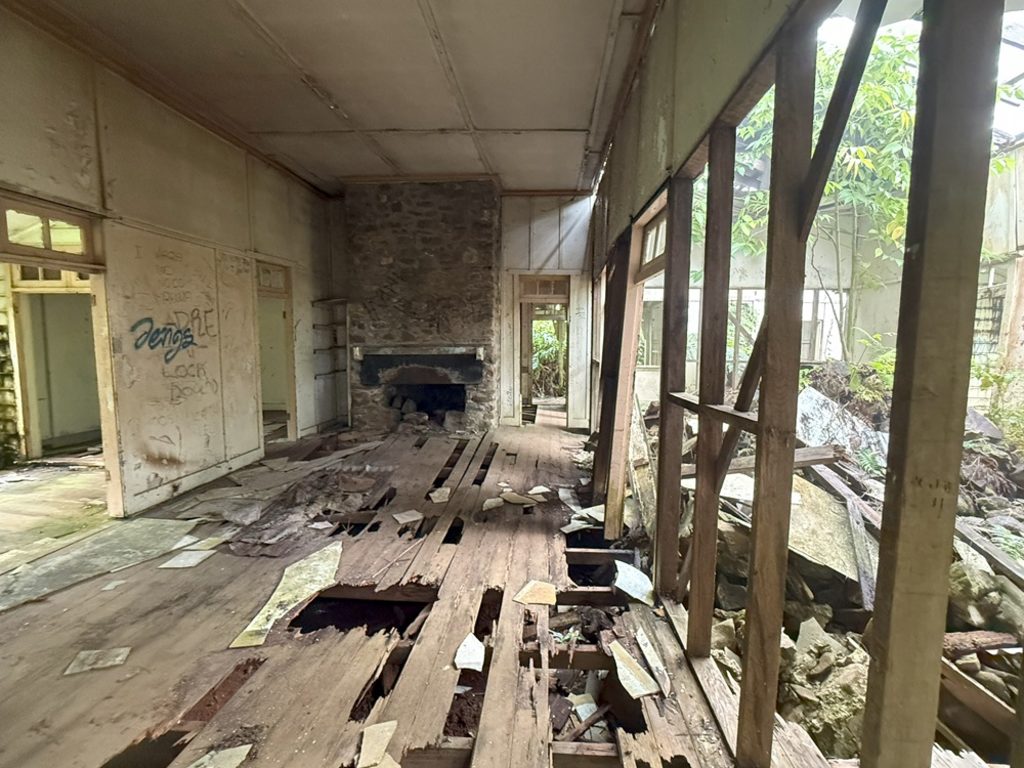
Inside the old rest house. Picture: ANA MADIGIBULI
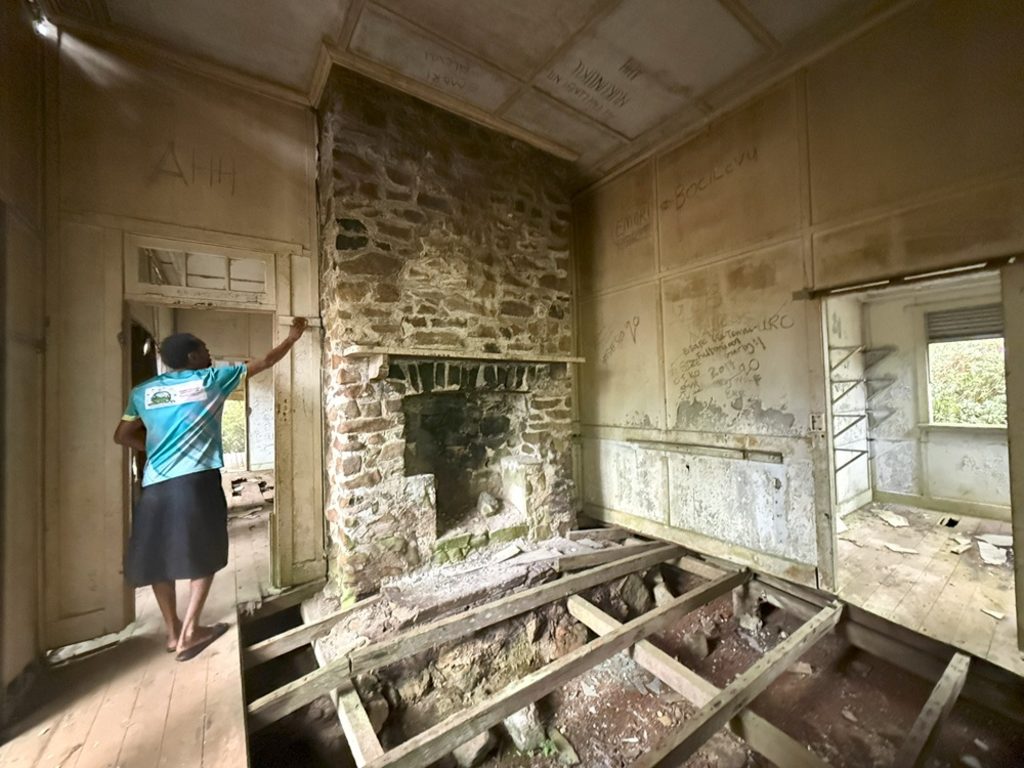
3. Kuruvitu Siva shows The Fiji Times team around the house.
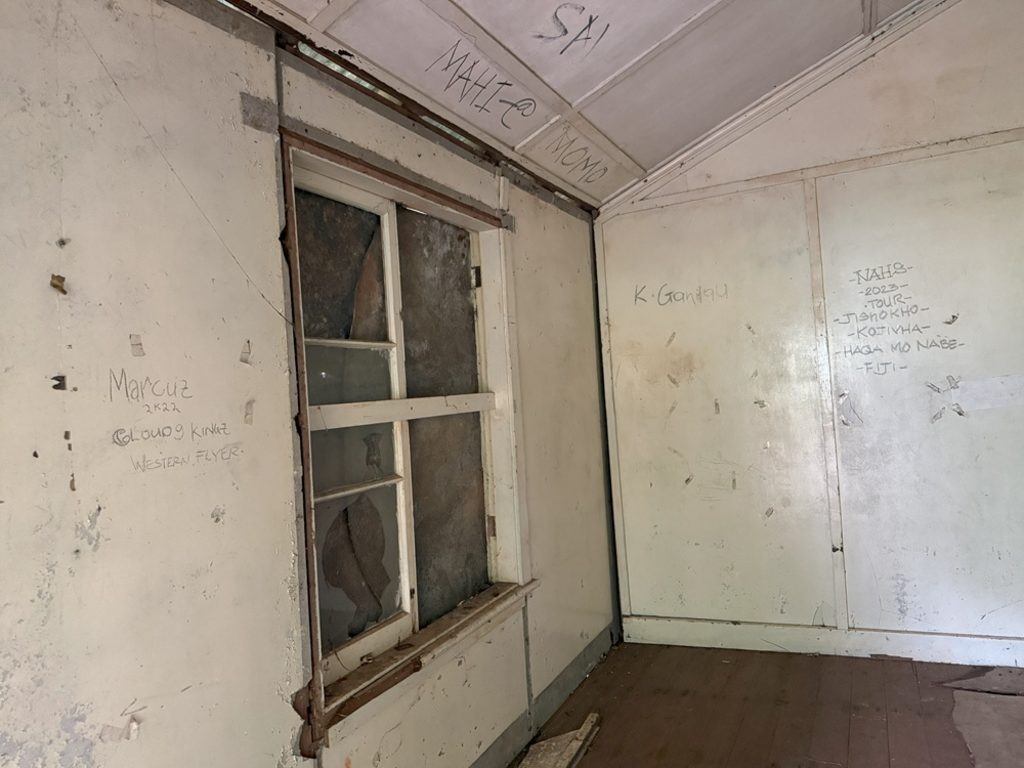
Inside one of the rooms of the forlorn rest house. Picture: ANA MADIGIBULI

